Reasoning & Methodology
As explained in previous articles in this series, the basis for my reasoning is that, because you own players for their careers — and because situation and team environments are fleeting and unpredictable, talent matters much more in dynasty and devy formats than it does in redraft. Exploiting the disconnects between player talent and player ADP allows savvy gamers to fade guys who don’t warrant the heavy investment it takes to acquire them, while smartly and efficiently placing bets on underappreciated talents. Especially in devy, where value hunting amounts to a race to the proper evaluation of player talent, and identifying over- or underratedness early in players’ careers is vital to boosting the overall value of a dynasty roster.
To that end, my running back model seeks to quantify talent in relation to all players in a positional group. I want to know which running backs produce, run efficiently, contribute well in the passing game, and earn and handle heavy work the best — all relative to each other, all stripped down to player-isolated impacts — as much as I can by arming the evaluation with context.
Given all that, I generated scores in several areas of player performance that combine to form an overall composite score representing a player’s talent (and by “talent,” which is a fairly nebulous term, I really mean something like “level of situation-agnostic skillset that is conducive to scoring fantasy points”). I then used those scores to identify players who are poor values in relation to their ADP in devy leagues. If your reputation exceeds your resume, I’m probably placing my chips elsewhere.
The nature of this article means that I will be writing negative things about players that are considered by consensus to be better than I think they are. That doesn’t necessarily mean that I believe all of them are trash (though if I do think that, I’ll say so); just not as good as their price in devy suggests. Please direct your anger over your favorite player being overrated towards your pillow or my mentions. Your significant other didn’t do anything wrong. Players are listed below in order of ADP, from cheapest to most expensive.
Tyrion Davis-Price, LSU
Devy Watch ADP: 84.6 (RB31)

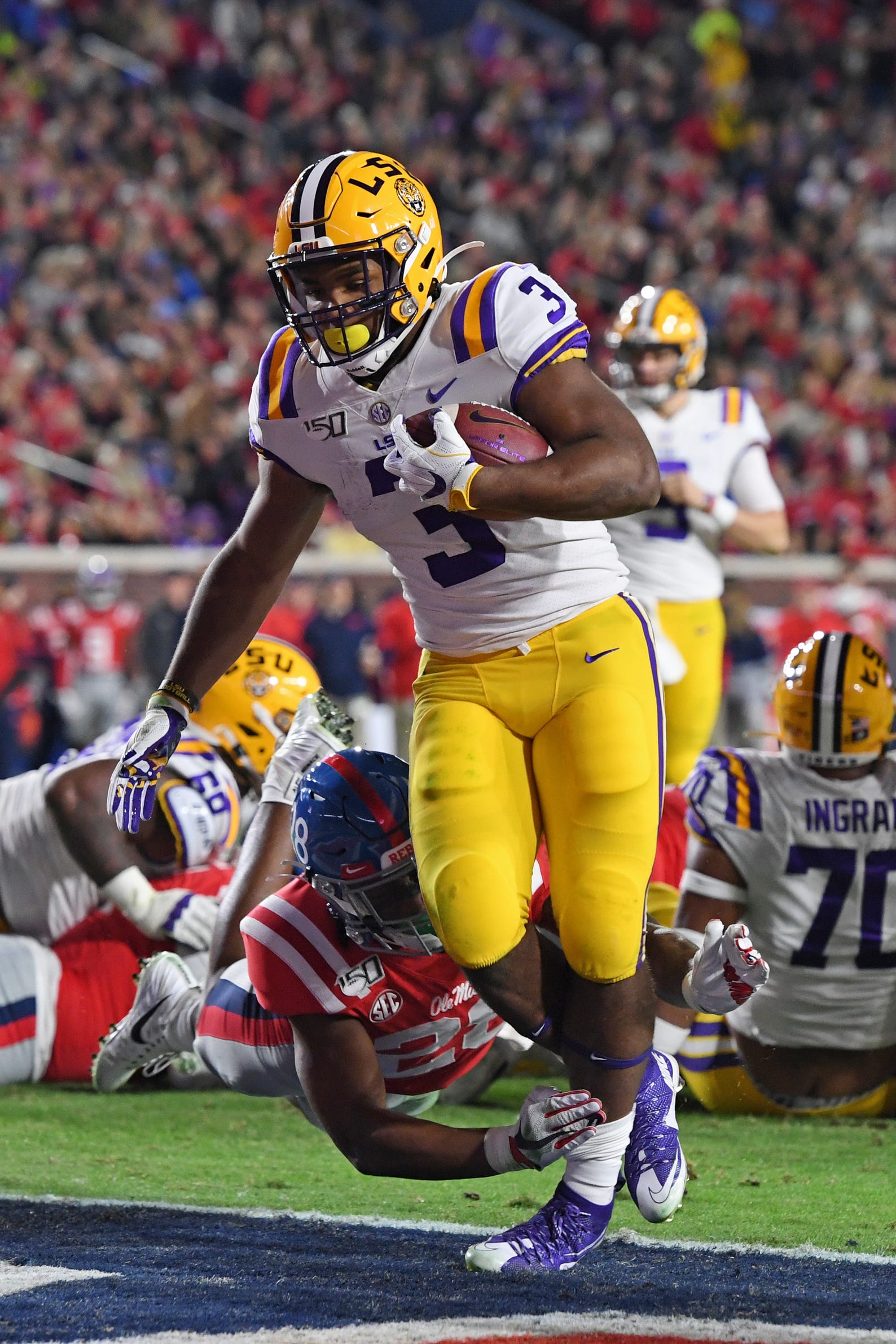
LSU’s Tyrion Davis-Price is a big dude (6’1, 232) who actually contributed decently in the passing game as a true freshman in 2019 (10 receptions, 60th-percentile yards per target mark of 6.7), so he checks the baseline boxes for three-down playing time. However, he was plain bad as a first-year runner.
Davis-Price truly made the least of his opportunities, averaging 1.39 fewer yards per carry and ripping off chunk gains of at least 10 yards 5.54% less often than other Tiger ball carriers (marks in the 4th and 6th percentiles, respectively). His performance in the open field left much to be desired as well, as he converted just 14.29% of his chunk runs into breakaways of at least 20 yards, a 3rd-percentile conversion rate.
He’s a young player with time still to make good on his impressive recruiting pedigree, but with guys like Kenneth Walker, Re’Mahn Davis, and Tyler Goodson all going after him in devy drafts, I need to see it happen first.
DJ Williams, Auburn
Devy Watch ADP: 54.0 (RB20)

I do not believe Auburn’s DJ Williams is a bad player, but I do believe he is JAG-y as hell. He had a fine freshman season, posting a 9.8% Dominator Rating at a top-tier program and playing well enough to run incumbent JaTarvious Whitlow out of town, but he really wasn’t that impressive as either a runner or receiver.
Williams’ Chunk Rate+ (10+ yard run rate relative to team average) was a Christine Michael or Tre Mason-like -9.07%, almost good enough to land him in the 1st percentile, and he showed essentially nothing in the passing game, earning a 2.1% target share which he converted into only five receptions on very average efficiency.
Williams was good as an open-field runner (87th-percentile Breakaway Conversion Rate of 40.00%), but that’s not enough to prop him up into the top 20. His overvaluation isn’t really a case of there being a bunch of guys in his ADP range that I’d prefer over him; it’s just that he’s one of the least deserving among an entire group that I’m probably just skipping over.
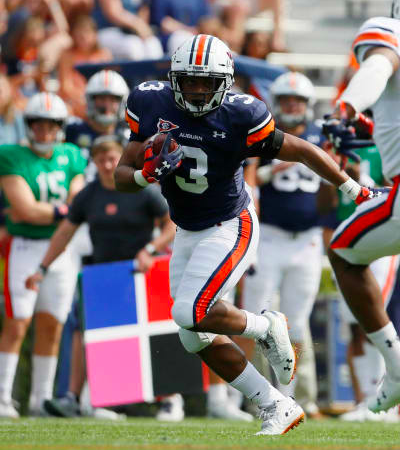
Trey Sermon, Ohio State
Devy Watch ADP: 49.8 (RB19)

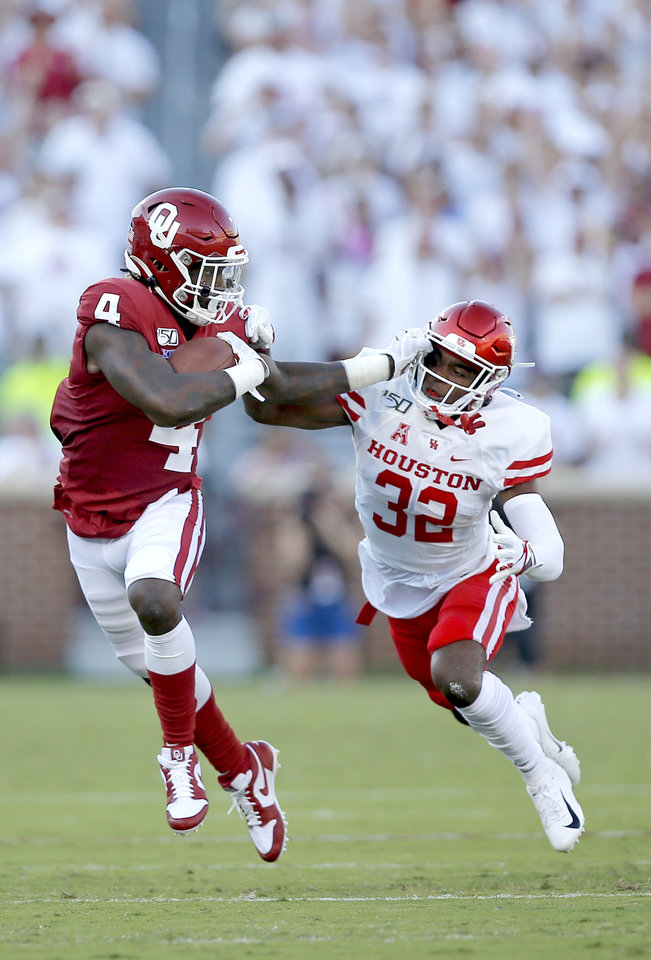
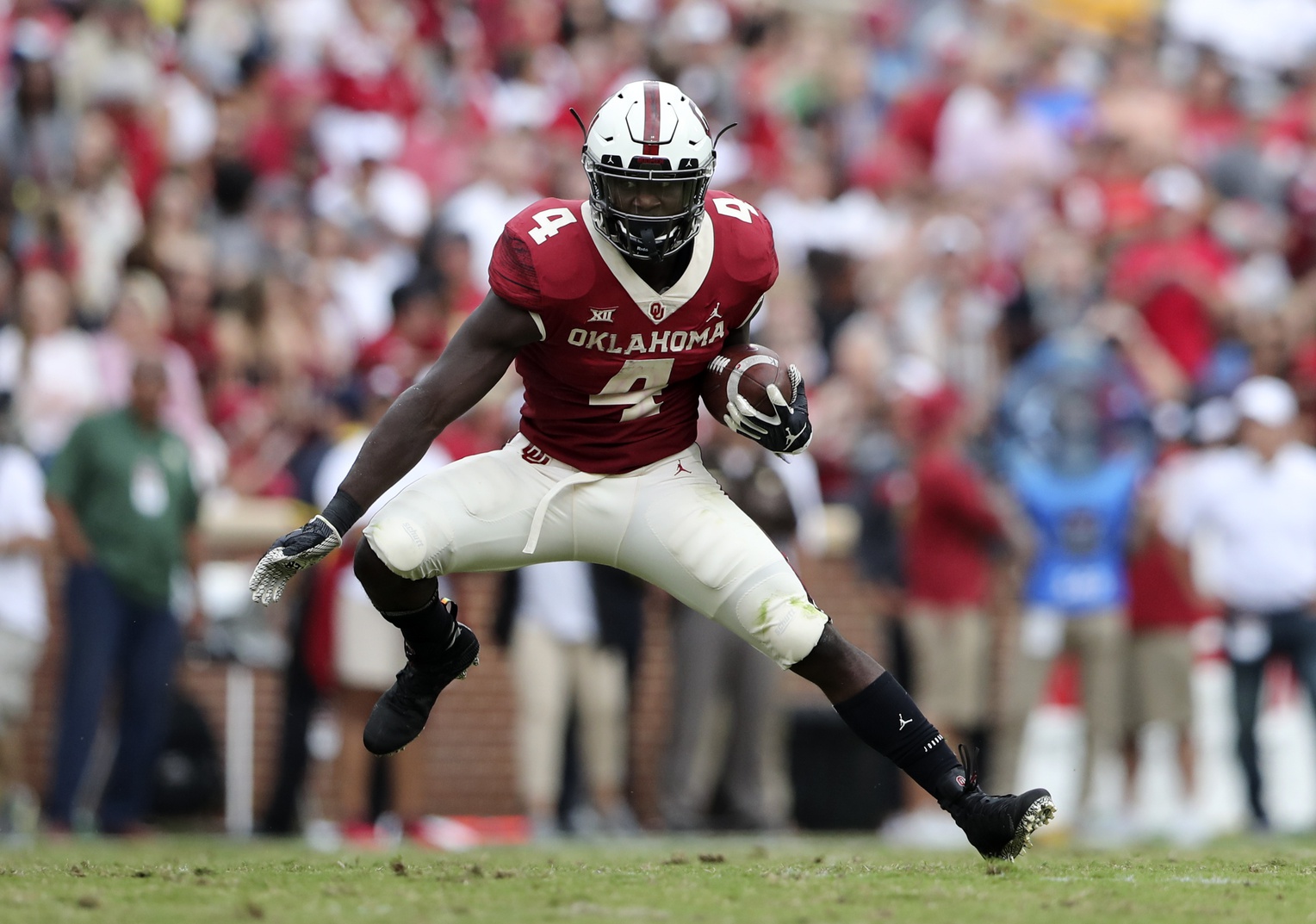
New Buckeye transfer Trey Sermon is a favorite of many in the devy community, and I wish that I was able to share in the enthusiasm, but he simply hasn’t been impressive from a numbers standpoint through three years in college.
Sermon possesses requisite size at 6′, 221, and he is capable of contributing on passing downs, but there isn’t much else that stands out about his profile. His receiving numbers aren’t much to write home about, as he’s averaged a 58th-percentile 6.6 yards per target on a 36th-percentile per-game receptions workload, and he did less with his touches on the ground than other backs at Oklahoma during his time as a Sooner, with YPC+ and Chunk Rate+ marks of -1.08 and -3.08%, respectively (performances in the 5th and 15th percentiles, also respectively).
As just an average perfomer in both phases so far in his career, and without top-tier production to fall back on (his highest seasonal Dominator Rating is just 14.8%, the same as Brian Herrien‘s career high), I just don’t see it with Sermon. I suppose there’s hope that a change in scenery is a good thing for him, but does it really make sense to bank on an outside factor improving our estimation of a player we should be evaluating in a vacuum as we project him to the next level?
John Emery, LSU
Devy Watch ADP: 40.7 (RB14)

In much the same way that the answer to the Tampa Bay Buccaneers backfield riddle in 2020 is “nah,” I’m not sure the juice is worth the squeeze for either of the top LSU backs in devy right now. John Emery, Jr. is rightfully being selected higher than Davis-Price, but I don’t think it’s right that he’s being selected higher than many of the top guys in the class of 2023, as several of them come in this year with similar hype as Emery had a year ago, but they remain a blank slate while Emery has already put subpar performances on wax.
As a runner, Emery wasn’t efficient relative to what was happening in the LSU running game when he wasn’t the ball carrier, as evidenced by his -1.05 YPC+ (6th percentile) and his -5.98% Chunk Rate+ (5th percentile). And with just six receptions, we can’t yet say that he’s ready to contribute through the air. Emery did shine as a breakaway threat, converting 50.00% of his 10+ yard runs into 20+ yarders, a 98th-percentile mark (though that was on a very small sample of just four chunk gains).
Part of me wants to be receptive to allowing young players to experience growing pains and needing time to acclimate when jumping to greater levels of competition, and guys with 5-star profiles deserve the benefit of the doubt more than most do, but what has Emery done in college to show that he deserves to be taken ahead of guys with efficiency, versatility, and/or productivity on their NCAA resumes? Or ahead of his younger counterparts in the incoming class who still might not disappoint as freshmen the way he did?
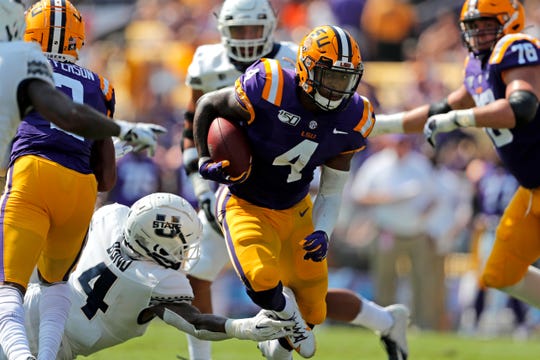
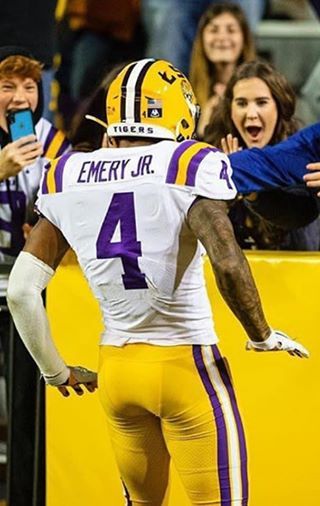
Master Teague, Ohio State
Devy Watch ADP: 36.5 (RB12)

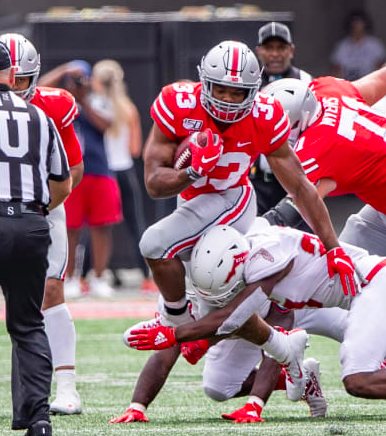
Master Teague is like if John Emery was a slightly less-touted recruit, took a red shirt year, and then suffered a torn Achilles after a ho-hum season of rushing efficiency as a first-year guy. (Teague’s career YPC+ mark of -1.05 is identical to Emery’s, and his 21st-percentile Chunk Rate+ figure of -2.05% is similarly poor.)
I’m using year-to-date ADP numbers for the purposes of this article, and, to be clear, the people have begun catching on to the idea that Teague really shouldn’t be selected so highly at this point (his June ADP of 69.5 is quite the drop), but in spite of “genetic freak” talk in regards to his potential to bounce back from the injury setback, I still can’t get behind taking Teague ahead of guys like Jahmyr Gibbs or even Rakeem Boyd.
Kylin Hill, Mississippi State
Devy Watch ADP: 25.7 (RB7)

With players like Emery and Teague, you can make the argument that, since they play at elite programs with guys like Clyde Edwards-Helaire and JK Dobbins as backfield partners, their lagging behind their teammates in rushing efficiency numbers isn’t necessarily such a bad look. But in the case of Kylin Hill and his 13th-percentile performances in YPC+ and Chunk Rate+, we have a guy getting lead-back volume on a team without other NFL-ready players in the running back room and still doing less with what he’s given on the ground than they are.
Add to that his 26th-percentile Breakaway Conversion Rate of 24.66% and receiving efficiency numbers that all rank between the 39th and 49th percentiles (in yards per reception, yards per target, and catch rate), along with a production profile that has as its closest comps in my model (in ascending order, all at least 95% similar) Storm Johnson, Glen Coffee, Rex Burkhead, Karan Higdon, Cory Boyd, Jamie Harper, and DeeJay Dallas, and I’m legitimately baffled as to what I should be seeing here that should make Hill a top-30 running back in devy, let alone top 7. He is a JAG.
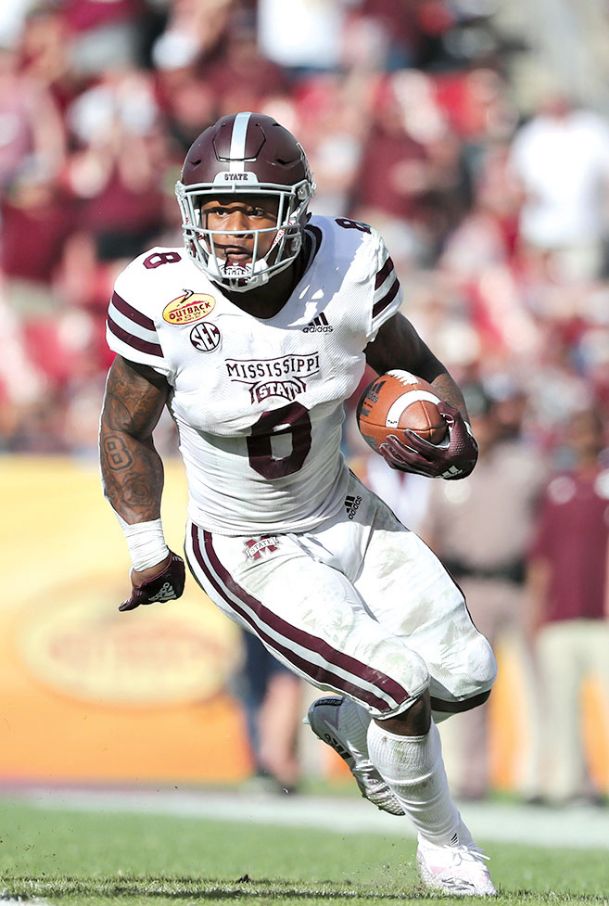
Chuba Hubbard, Oklahoma State
Devy Watch ADP: 5.2 (RB2)

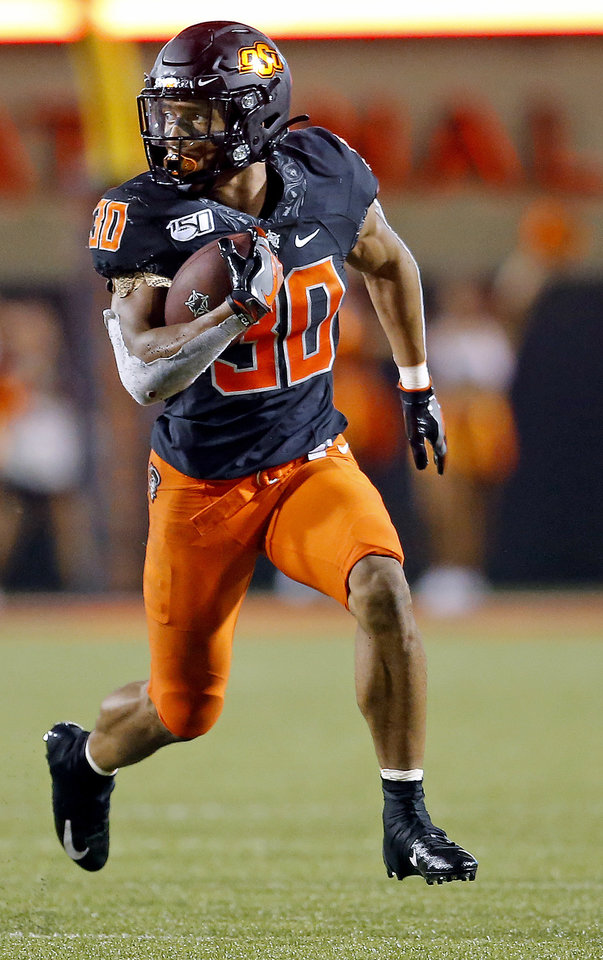
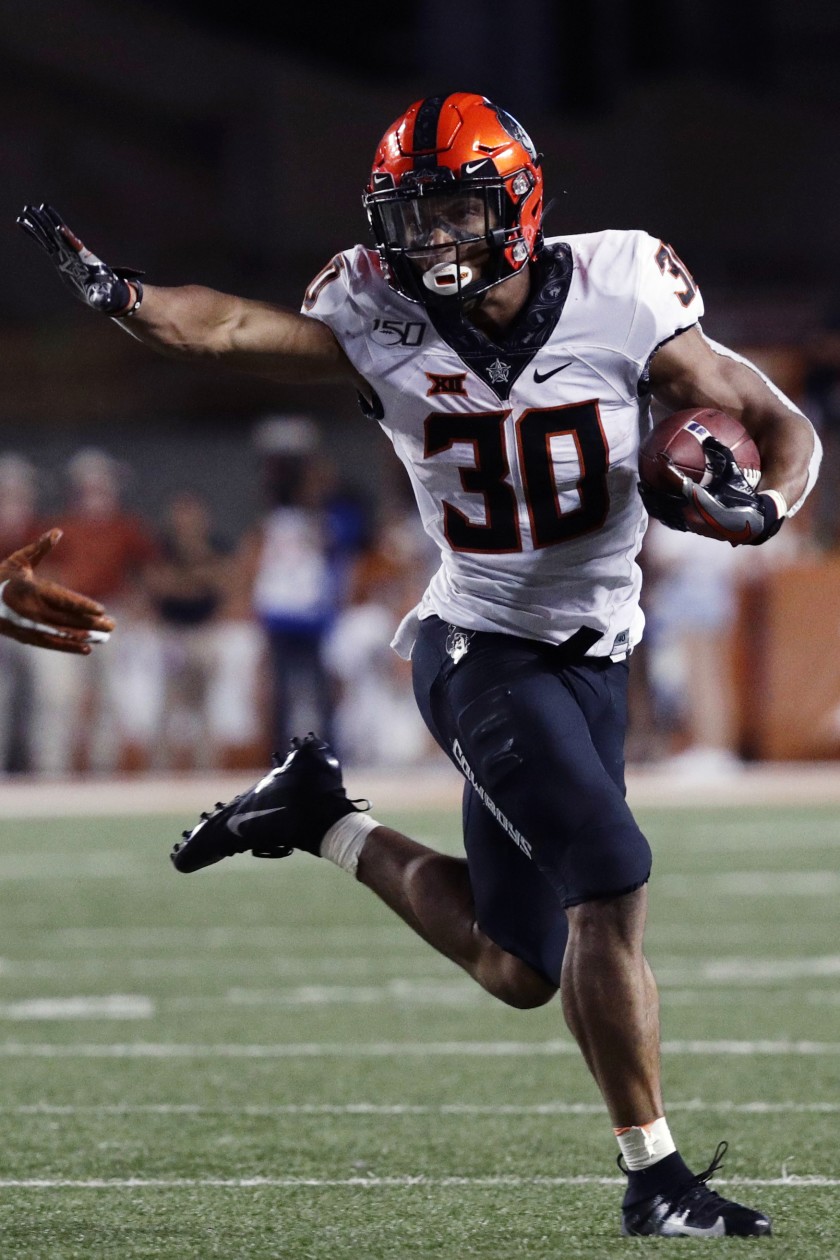
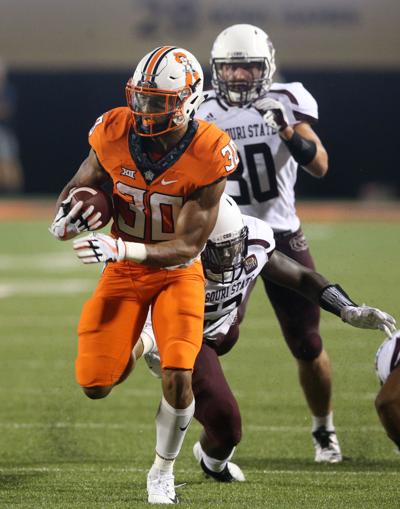

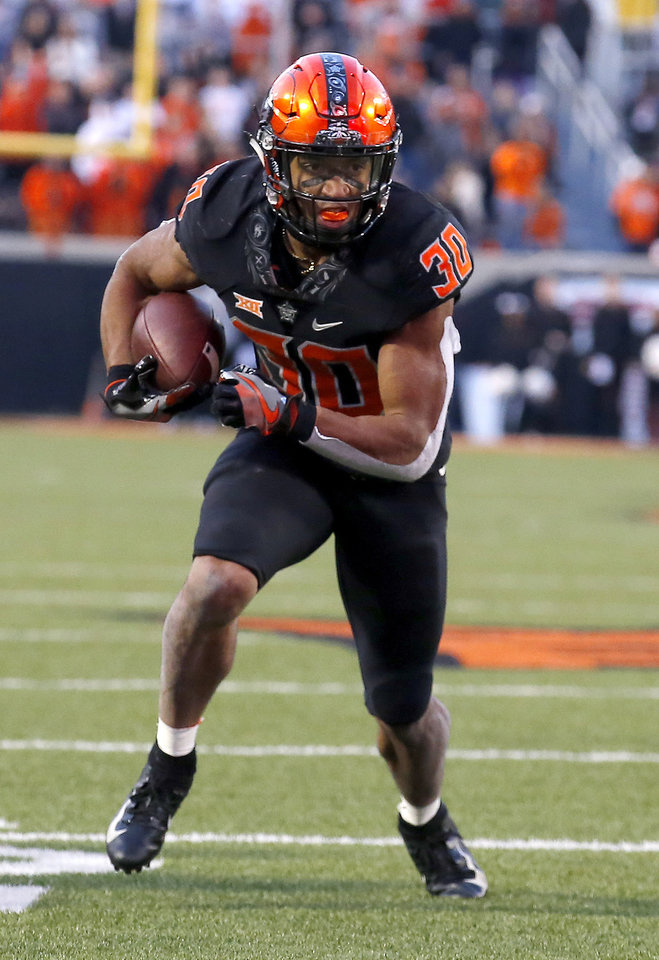
Chuba Hubbard is undeniably a talented and effective college football player. He is a good runner, with team-relative efficiency metrics in the 84th (YPC+) and 64th (Chunk Rate+) percentiles. His ability in the open field has seen him post a Breakaway Conversion Rate of 33.75%, a 65th-percentile mark, all while shouldering workhorse-level touches. He is a decent (while not spectacular) receiver, with 45 receptions through two seasons on mostly-average efficiency numbers (his 6.4 yards per target is in the 52nd percentile).
My worry with Hubbard is not that he isn’t good, because he clearly is, but that he may belong to one of those archetypes of players that succeed in college but do not as pros. As of right now, he is listed on the Oklahoma State website at 6′, 201, which puts him in an unfortunate cohort of relatively tall and slim running backs that has not fared well in the NFL. From 2007 to 2019, there have been 12 backs drafted in the first three rounds who stand at least 5’11 while carrying no more than 2.90 pounds per inch on their frames (essentially a proxy for BMI):
Kenyan Drake, Jamaal Charles, Glen Coffee, Tevin Coleman, Kevin Smith, Montario Hardesty, Ronald Jones, Kenny Irons, Christian McCaffrey, CJ Spiller, Chris Johnson, and Darren McFadden.
Obviously, this is not a terrible list as in McCaffrey, Johnson, and Charles represent some of the best running backs, fantasy or otherwise, of the last decade-and-a-half. But what several of these success stories brought to the table as prospects was top-end ability in the receiving game. All three of the aforementioned studs had that, as did quality players like Spiller and Drake, while those who didn’t — notably Jones, Smith, and Irons — have not seen their collegiate productivity translate to the NFL game. With few exceptions, in order to earn work in the pros, running backs need to be either big and well-built, or upper-tier receivers. And the guys who are both — the Le’Veon Bells, Saquon Barkleys, and David Johnsons — are recognized as some of the elite at the position.
Hubbard isn’t small in the same way that the 195-pound Chris Johnson was (though he’s really not that far off), but he is slender in the same way that Kenyan Drake and Ronald Jones were as prospects. And while not a liability in the passing game, Hubbard doesn’t have the plus receiving chops that a guy like Drake does that would make him a candidate for third-down work, even when coaches might not see him as an every-down option. The concern then for Hubbard is that he is ultimately a tweener, the NFL running back version of Derrick Williams, the undersized power forward without a three-point shot who can’t convert his college dominance into NBA success.
Coleman is the poster child for this archetype among current NFL runners. The 5’11, 206-pounder with the gaudy college stats (his 43.2% Dominator Rating as a third-year guy is higher than Hubbard’s 40.4%, and his YPC+ and Breakaway Conversion Rate marks of 2.93 and 44.54%, respectively, dwarf Hubbard’s numbers) with ho-hum receiving contributions (7.1 yards per reception on 19.6 catches per game) caps out as a quality role player in the league.
Hopefully we see Hubbard take on a bigger role as a receiver in his red shirt junior season and we don’t have to worry about him being “just” adequate as a pass-catcher. And hopefully he bulks up in the next year so we don’t have to worry about what coaches think of his thin frame. I am legitimately optimistic that both of those things happen, but Hubbard is not early in his college career, so it is harder to give him the benefit of the doubt in regards to the underwhelming aspects of his profile as it would be for a guy who just finished an exciting true freshman season. Hubbard is an excellent player, but I worry that he may have fatal flaws that are not being adequately factored into his evaluation as we project the translation of his game to the next level. In the top five picks of devy drafts, I’m out on the next Tevin Coleman.
For more devy, dynasty, and prospect-related work, follow Noah Hills on Twitter @noahmoreparties.


